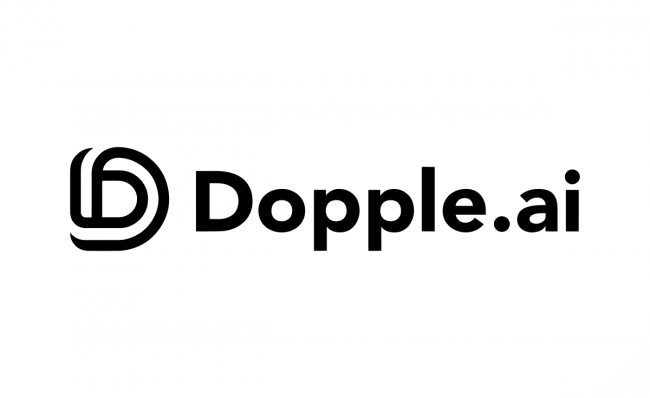AGPT is building something that sits between a framework and a service—a way to deploy AI agents that can carry out tasks with minimal user guidance. It’s not another chat interface. It’s not a productivity suite. It’s a system designed to let AI operate with more independence than most tools currently allow.
This article explores what AGPT is aiming to do, how it’s structured, what you need to access it, and why it matters if you're interested in the future of task automation.
The Concept of Goal-Driven Agents
Most AI tools today are reactive. You give an input, and you get a response. AGPT takes a different approach: you give a goal, and the system builds a plan, executes steps, adjusts based on results, and continues until it either completes the task or fails intelligently.
It’s based on Auto-GPT, an open-source project known for autonomous agent loops. AGPT takes that concept further, offering a more accessible and managed version, built for users who want structured agent workflows without self-hosting everything from scratch.
Agent Workflow and Execution Structure
Once the platform is fully available, the agent workflow is expected to function as follows:
- You create an agent by naming it, defining its role, and setting a goal.
- The agent plans the task, breaking it into steps and identifying which tools it needs (browsing, writing, file access, etc.).
- It begins execution, running actions in sequence, checking outputs, and adjusting if needed.
- You observe or intervene, depending on your access settings.
The idea is to allow minimal supervision and delegate execution logic to the agent.
Access and Availability
AGPT is currently not publicly available. The team is onboarding users gradually through a waitlist.
_1746905029.jpg)
To request access:
- Visit https://agpt.co
- Click “Join Waitlist.”
- Submit your email and optionally include details on how you plan to use the platform
Early users will either access a hosted environment or a command-line setup, depending on their selection and technical preferences.
Onboarding Requirements
Once granted access, users will typically need the following:
| Requirement | Purpose |
| OpenAI API Key | Most AGPT agents use GPT-3.5 or GPT-4 for reasoning |
| Basic understanding | Setting goals is key, vague prompts don’t work |
| Patience to observe | Agents may take time and go through trial-and-error loops |
| Optional: CLI skills | Required if using a local version during early access |
A full web-based interface is in development but may not be available to all users initially.
Tool Boundaries and Clarifications
It’s important to distinguish what AGPT does and does not offer:
- It is not a chat-based assistant.
- It is not built for real-time collaboration or document editing.
- It is not yet suitable for non-technical users.
- It is not fully autonomous in a practical business context—oversight is still required.
The system is better understood as an experimentation layer for testing agent behaviors and task-based reasoning loops.
Strategic Relevance of AGPT
AGPT isn’t built for speed—it’s built for reducing friction in task execution. It enables the delegation of complex, multi-step work that typically requires constant manual prompting in other AI tools.
As the space around AI agents matures, platforms like AGPT could become the backbone of early automation infrastructure, particularly for technical teams and research-focused environments.
The larger trend is clear: language models are evolving from tools into operators. AGPT is part of that shift.
Post Comment
Be the first to post comment!


